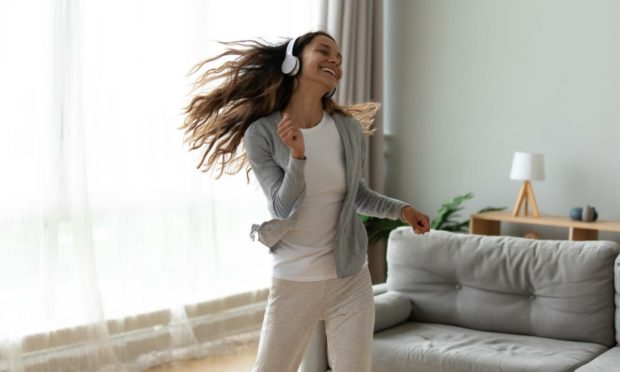Deciding if your children are ready to stay at home or go out alone can be tricky and will differ from child to child.
For this reason, the NSPCC has launched its Home or Out Alone campaign, which aims to help parents make the right decision about leaving their children at home safely or letting them go out of the house unsupervised.
With children in Scotland currently on their school holidays, the new resources aim to provide families with helpful advice on how to keep their children safe.
Between work, appointments and other family commitments, every parent will have to leave their child home alone at some point.
And, as children get older, it’s common for them to want more freedom and learn to be independent – it is an important part of growing up. But there can be a lot to think about for parents.
How to encourage independence safely
The NSPCC’s new guide is designed to reduce any worry by helping parents make the right decision for them and their child.
The new guide includes things for parents to think about before they decide if their children are ready to be independent or not, including if they’re old enough, whether they can deal with the risks and how they feel about being left alone.
It also provides checklists to help keep children safe when others are not around, which include making sure they have a parent or carer’s phone number when home alone and ensuring there is a trusted adult they could go to in person, in an emergency.
There is also advice on leaving children under another trusted adult’s supervision and some resources to provide extra support to help parents make decisions.
A child who doesn’t feel comfortable shouldn’t be left alone
There’s no legal age at which a child can be left home alone, as everyone matures differently, but it’s against the law to leave a child alone if it puts them at risk.
A child who doesn’t feel comfortable shouldn’t be left alone. And a baby or young child should never be left alone, not even for a few minutes – whether they’re asleep or awake.
The campaign also gives advice to parents and carers on issues surrounding safety, boundaries and building trust.
For advice and help deciding if your child can stay at home or go out alone, visit nspcc.org.uk/safe-alone. The NSPCC’s helpline is available for advice and support on 0808 800 5000 or via help@nspcc.org.uk
Adeniyi Alade is the head of Childline in Scotland


